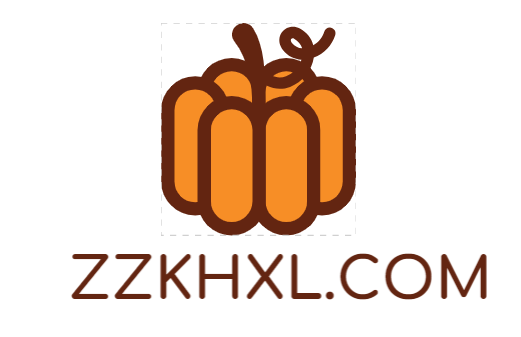The DASH Diet: Lowering Blood Pressure Through Dietary Changes
Hypertension, or high blood pressure, is a common health condition that affects millions of people worldwide. If left uncontrolled, it can lead to serious health complications such as heart disease and stroke. While medication is often prescribed to manage hypertension, making dietary changes can also play a significant role in lowering blood pressure. One such diet that has been proven effective is the DASH (Dietary Approaches to Stop Hypertension) diet.
What is the DASH Diet?
The DASH diet is a dietary approach that focuses on consuming foods that are low in sodium, saturated fat, and cholesterol. It emphasizes the consumption of fruits, vegetables, whole grains, lean proteins, and low-fat dairy products. The diet also encourages reducing the intake of processed foods, sugary beverages, and foods high in saturated fats.
How Does the DASH Diet Lower Blood Pressure?
The DASH diet is rich in nutrients such as potassium, magnesium, and calcium, which have been shown to help lower blood pressure. These nutrients work together to relax blood vessel walls, reduce fluid retention, and improve overall cardiovascular health. Additionally, the diet’s emphasis on whole foods and low sodium intake helps maintain healthy blood pressure levels.
Studies have shown that following the DASH diet can lead to a significant reduction in blood pressure within just a few weeks. In fact, research conducted by the National Heart, Lung, and Blood Institute found that individuals who followed the DASH diet experienced a systolic blood pressure reduction of 11 mmHg on average.
Implementing the DASH Diet
Here are some practical tips to help you implement the DASH diet and lower your blood pressure:
1. Increase Your Fruit and Vegetable Intake
Include a variety of fruits and vegetables in your meals and snacks. Aim for at least five servings per day. These can be fresh, frozen, or canned, but opt for options without added sugars or sodium whenever possible.
2. Choose Whole Grains
Replace refined grains with whole grains such as brown rice, quinoa, and whole wheat bread. These provide more fiber, vitamins, and minerals compared to their refined counterparts.
3. Opt for Lean Proteins
Choose lean sources of protein such as skinless poultry, fish, beans, and legumes. Limit your intake of red meat and processed meats, as they are often high in saturated fats and sodium.
4. Reduce Sodium Intake
Avoid adding salt to your meals and choose low-sodium alternatives when available. Read food labels carefully and opt for products with lower sodium content. Be aware that processed foods, canned soups, and condiments often contain high amounts of sodium.
5. Limit Saturated Fats and Added Sugars
Reduce your intake of foods high in saturated fats, such as fatty meats, full-fat dairy products, and fried foods. Instead, choose healthier fats like olive oil and avocados. Additionally, limit your consumption of sugary beverages and opt for water, herbal tea, or unsweetened drinks.
6. Be Mindful of Portion Sizes
Pay attention to portion sizes to avoid overeating. Use smaller plates and bowls to help control your portions. Listen to your body’s hunger and fullness cues and stop eating when you feel satisfied.
Conclusion
The DASH diet is an effective and sustainable way to lower blood pressure through dietary changes. By following this diet and making healthier food choices, you can improve your cardiovascular health and reduce the risk of complications associated with hypertension. Remember to consult with your healthcare provider before making any significant changes to your diet or starting a new exercise program.

